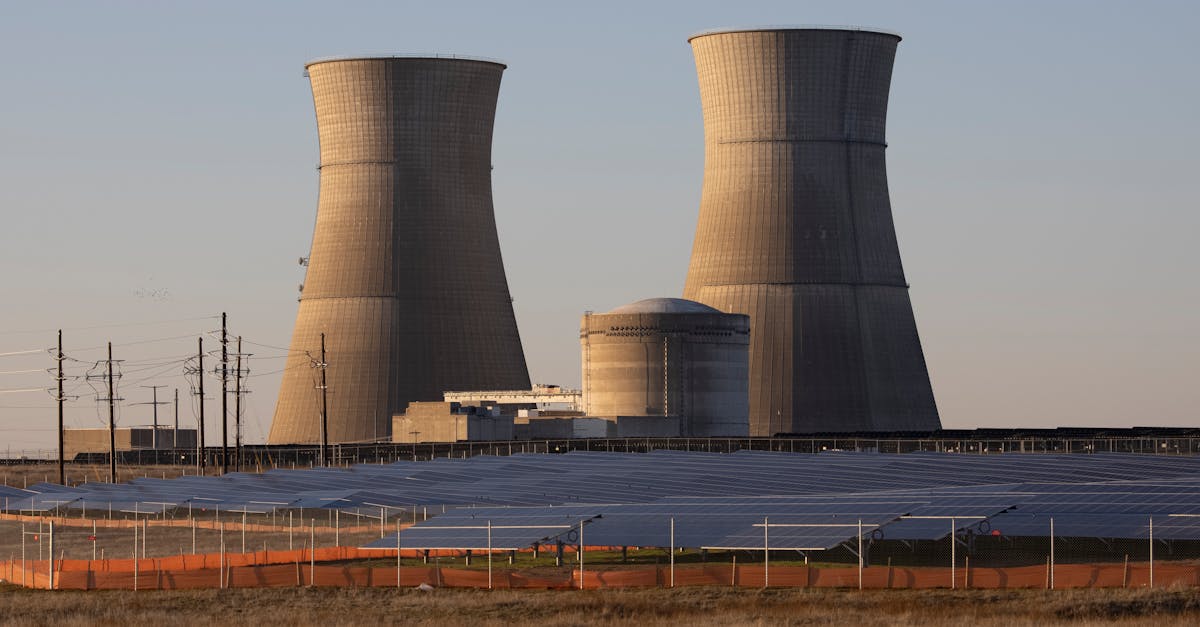
Related Links
The history of renewable energy developmentTerms of Use
Why renewable energy sources matter
Contact Us!
Roundup of the best geothermal energy projects
Review of the latest wind energy technologies
10 innovative uses of solar energyPrivacy Policy
What to consider when using biomass energy
What are the benefits of hydropower
How to increase energy efficiency with wind energy
Contact Us!